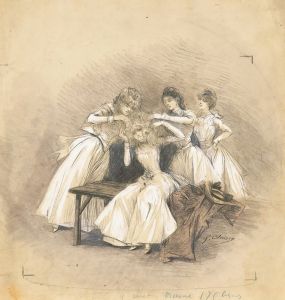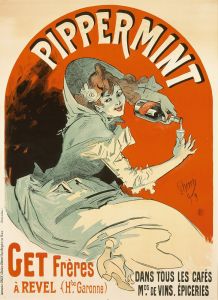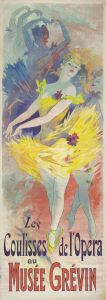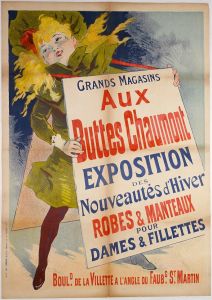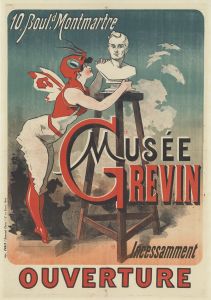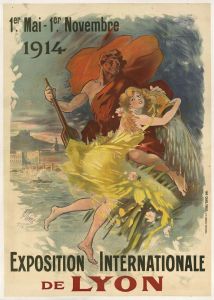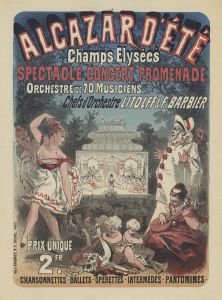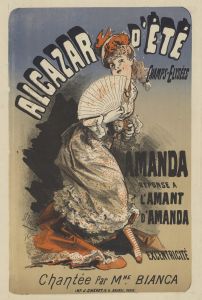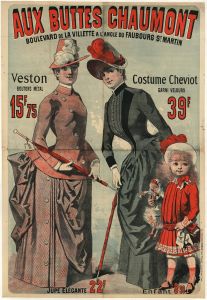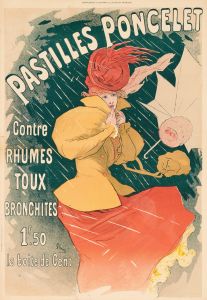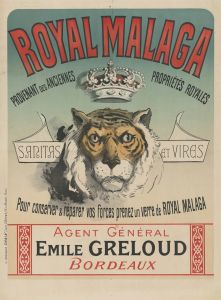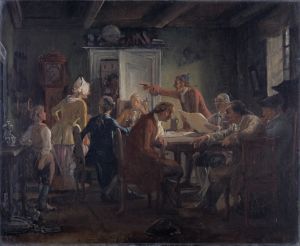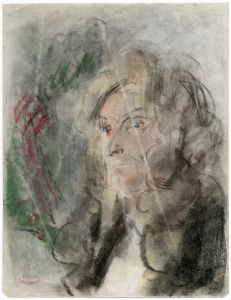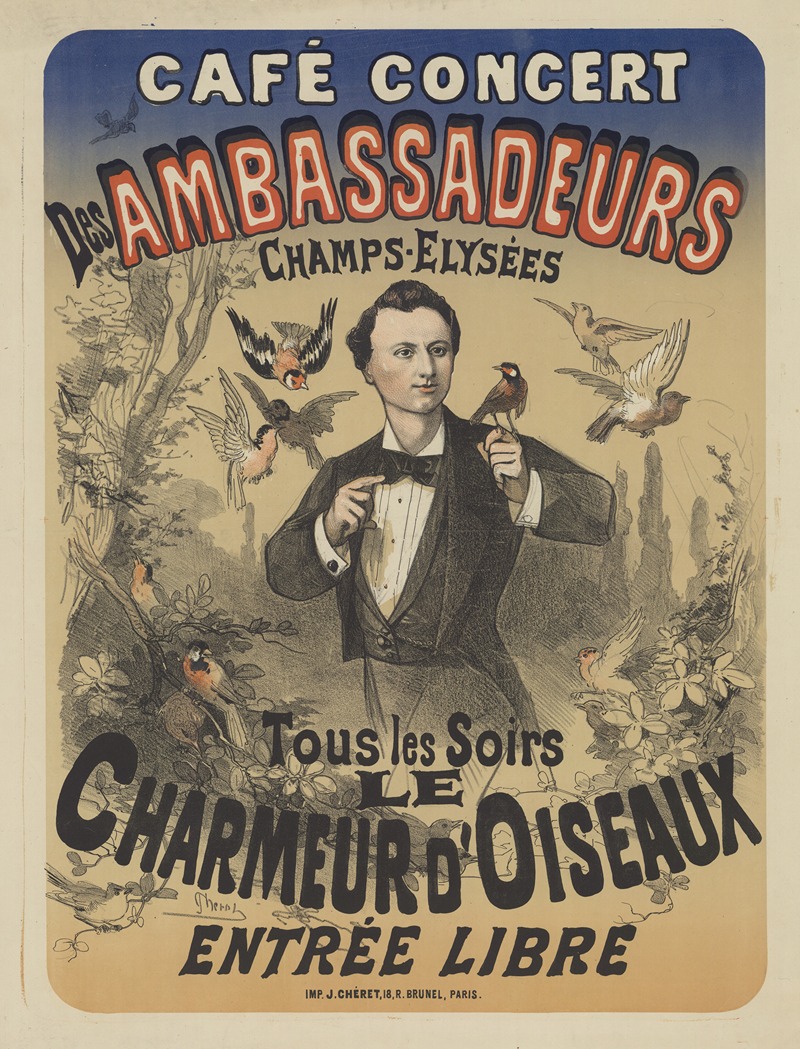
Café concert des Ambassadeurs. Tous les soirs le Charmeur d’oiseaux
A hand-painted replica of Jules Chéret’s masterpiece Café concert des Ambassadeurs. Tous les soirs le Charmeur d’oiseaux, meticulously crafted by professional artists to capture the true essence of the original. Each piece is created with museum-quality canvas and rare mineral pigments, carefully painted by experienced artists with delicate brushstrokes and rich, layered colors to perfectly recreate the texture of the original artwork. Unlike machine-printed reproductions, this hand-painted version brings the painting to life, infused with the artist’s emotions and skill in every stroke. Whether for personal collection or home decoration, it instantly elevates the artistic atmosphere of any space.
Jules Chéret, a pioneering French painter and lithographer, is renowned for his significant contributions to the development of the modern poster. One of his notable works is "Café concert des Ambassadeurs. Tous les soirs le Charmeur d’oiseaux," which exemplifies his vibrant style and innovative approach to advertising art in the late 19th century.
Jules Chéret was born on May 31, 1836, in Paris, France. He is often referred to as the "father of the modern poster" due to his transformative impact on the medium. Chéret's work coincided with the Belle Époque, a period characterized by cultural flourishing and technological advancements in Europe. During this time, posters became a popular form of advertising, and Chéret's artistic flair helped elevate them to an art form.
"Café concert des Ambassadeurs. Tous les soirs le Charmeur d’oiseaux" is a lithographic poster created by Chéret in the late 19th century. The poster was designed to advertise performances at the Café des Ambassadeurs, a popular entertainment venue in Paris. This café-concert was known for its lively atmosphere and diverse performances, attracting a wide audience eager for entertainment.
Chéret's poster features a dynamic composition with vibrant colors and fluid lines, typical of his style. The central figure in the poster is a charismatic performer, the "Charmeur d’oiseaux" or "Bird Charmer," depicted in a lively pose that captures the viewer's attention. Surrounding the performer are whimsical birds, adding a sense of movement and playfulness to the scene. Chéret's use of bold colors and expressive figures was instrumental in drawing the public's eye, making his posters highly effective as advertising tools.
The Café des Ambassadeurs, located on the Champs-Élysées, was one of the most fashionable venues in Paris during the Belle Époque. It hosted a variety of performances, including music, dance, and theatrical acts. Chéret's posters for the café were not only advertisements but also works of art that contributed to the venue's allure and reputation.
Chéret's innovative approach to poster design involved the use of lithography, a printing technique that allowed for the mass production of colorful images. This method enabled him to produce posters that were both visually striking and widely accessible. His work paved the way for future artists and designers, influencing the development of graphic design and advertising.
In addition to his technical innovations, Chéret's posters are celebrated for their artistic merit. He drew inspiration from various artistic movements, including Rococo and Impressionism, which is evident in his use of light, color, and composition. His ability to blend art and commerce set a precedent for future generations of artists.
Jules Chéret's legacy extends beyond his posters. He played a crucial role in elevating the status of commercial art, demonstrating that advertising could be both functional and aesthetically pleasing. His work remains influential, and his posters are highly sought after by collectors and art enthusiasts.
In summary, "Café concert des Ambassadeurs. Tous les soirs le Charmeur d’oiseaux" by Jules Chéret is a quintessential example of the artist's contribution to the art of the poster. Through his innovative use of color, composition, and lithography, Chéret transformed advertising into an art form, leaving a lasting impact on the world of graphic design and visual culture.





